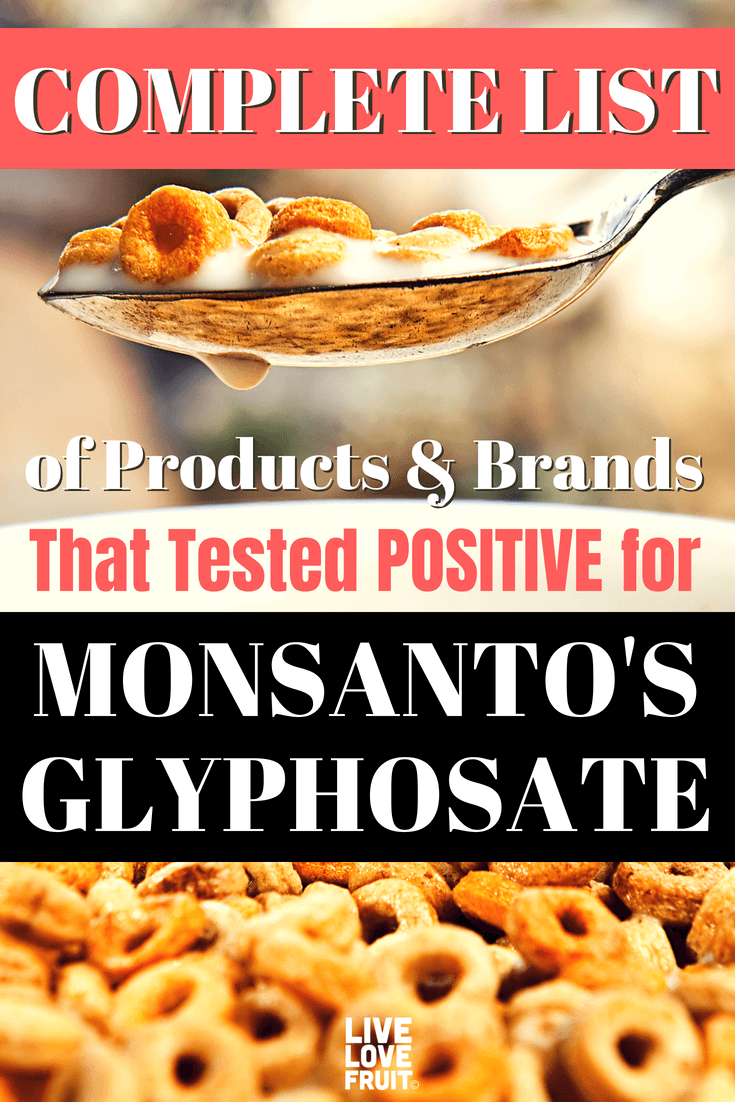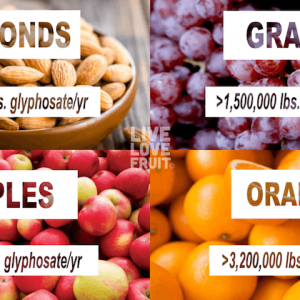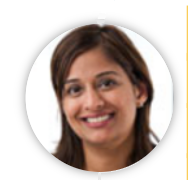I recently reviewed a new healthy Functional Beverage called NERD FOCUS.

At first, I was hesitant to do so, because I only ever drink water or tea, and avoid soda like the plague. I haven’t drank soda in over 15 years, and don’t crave it one bit. That said, every now and then, I would like something with a little flavor or kick to it without it being unhealthy.
I was one of the first people to tell the world about loving Alkaline Water when it was a blip on people’s radar. I wrote a blog called, “The Most Healthful Water in the World” in 2013, and since then the industry skyrocketed.
Annual revenue from 2013 to 2014 rose 701.43%.
Alkaline water is on track to be a multi-billion-dollar global business, and has surpassed soda in revenue. I became the spokesperson for the brand I adore, Carlsbad Alkaline Water, which to this day I recommend.
As of November 22, 2022, revenue for Alkaline Water is forecast to grow 20% p.a. on average during the next 3 years, compared to a 4.8% growth forecast for the Beverage industry in the United States.
NERD FOCUS falls under the Functional Beverage Market. Functional beverages are nonalcoholic drinks containing nontraditional ingredients like minerals, vitamins, amino acids, dietary fibers (DFs), probiotics, added raw fruits, etc.
It’s important to look at the exact amount they include, as some brands offer very little in terms of nutrition. Some are also highly carbonated and taste like the can itself. Electrolyte powders also fall into this category.
I have a favorite Electrolyte brand as well. It’s DripDrop. These are packets you add into water that come in various flavors, and prevent dehydration. They rehydrate you post exercise or if you spend a lot of time in high temperatures where you sweat a lot.
Dr. Eduardo Dolhun developed it to treat and prevent dehydration where IV therapy wasn’t available. It contains the precise sodium electrolyte levels, lower glucose content, and low osmolarity that facilitates fast absorption.
It received a U.S. Patent, and Dr. Dolhun was awarded the 2017 Mayo Clinic Alumni Association Humanitarian Award. If you get or feel dehydrated a lot, despite drinking a lot of water, you may want to add this to your water.
It’s available at: https://www.dripdrop.com/products/dripdrop/berry-8-32
As of 2022, the global functional beverage market size was estimated at nearly $120 billion (USD) in 2021 and, according to researchandmarket.com, is projected to grow at a compound annual growth rate of 10.49%, reaching $198.1 billion by 2026.
Back to my review of Nerd Focus:
NERD FOCUS has no carbs with some added B2, B3, B6 and B12 vitamins. The only caveat is 115 grams of sodium and 128 mg of caffeine.
Since I don’t drink coffee, the extra energy boost is okay and the added ingredients do help with mental focus, hence the name.
For reference, 1.5 cups of coffee contains 135 mg. of caffeine. It’s safe to stay within 400 mg.
Drinking two cans of Nerd Focus in a day would bring you to 256 mg. of caffeine –still safe and under the 400 mg. mark.
In terms of sodium, the healthy amount is less than 2300 grams daily, so this contains 115 grams, well under that, even if you drink two cans of it.
Tastes good refrigerated. I drank it after a workout as a treat, as it states it helps with exercise recovery. I did feel mentally sharper after sipping it. Of course, I feel that way after exercise, but the post-workout mental clarity also comes with less energy, as I wind-down.
It had a delightful amalgamation of providing calm mental focus plus energy without any anxiety.
It also lasts long, because I only took small sips of it.
I think sugary drinks make people chug it quickly, because of its addictive properties, as opposed to this.
If you’re a writer, blogger or student and need a pick me up, I’d go with the sugar-free version with the blue logo.
Interestingly enough, NERD FOCUS was originally created by University of Texas (UTSA) college student Vin Montes in order to help him focus and stay awake while studying late nights at the library. On July 21st, 2020, Nerd Focus was acquired by Beverage USA Holdings for an undisclosed amount.
There’s another version with a green logo that has sugar in it, which I don’t recommend.
The blue sugar-free version is a winner. I would get it again. I still recommend hydrating with water in the morning and daily, but it’s great to stock up on NERD FOCUS for those times mid-afternoon when you need a focus boost with 0 calories.
The other ingredient in it is an extract called Huperzine A, which is shown to improve memory and slow cognitive decline by increasing levels of acetylcholine the compound that functions as a neurotransmitter in the brain. It’s also been shown to help prevent cell death.
Twenty randomized clinical trials involving participants indicate it has a beneficial effect on memory, cognitive function and quality of life.
Since a lot of people complain about brain fog these days, this may help give the noggin’ a boost and you may remember where you put your keys.
Just to be safe, I asked Nutritionist, Virginia Candelaresi to take a look at it, and let me know her thoughts. She’s also my cousin, so there’s a trust factor, knowing she’s a straight shooter.
I asked her to review ALL the ingredients, and raise any red flags. Here’s her reply:
Are there any ingredient in NERD FOCUS we should be concerned about?
VIRGINIA: There are three ingredients that when in access can cause health concerns which are maltodextrin, acetate isobuturate, sucralose, and blue #1.
Maltodextrin is made from corn, potato, wheat, tapioca or rice. Yes, its made from natural sources but, maltodextrin is a highly processed powder and is very high in the glycemic index; therefore, avoid if you are diabetic as maltodextrin in knows as rapid glucose which can cause spikes in blood sugar which is most likely why energy drinks give you energy; in addition to caffeine. If you have digestive sensitivities, maltodextrin has a trace of sucrose can cause bloating and flatulence. I am all about gut health, so take cause with maltodextrin!
Acetate isobuturate is sucrose. You may be focused with this drink, but if you are also looking for energy it will do that as well, but with a sudden crash. This can cause irritability and fatigue. Too much sucrose throughout the day may cause weight gain, fluctuating blood sugar, heart disease, addicting eating behaviours.
Blue #1 – Artificial colouring in foods and drinks are not my favourite! Particularly blue dye as is remains unabsorbed. In large quantities acidosis may occur. I would avoid if you have any pH issues, gout, heartburn , etc.
If a physician recommends someone stops drinking soda (say they have Gout or Obesity) and they have a hard time refraining from it –is this a better option to help wean them off soda?
VIRGINIA: Best drink for gout or obesity is water! Both conditions can be helped with proper diet. Underlining cause of metabolism may be associated; however, water is best.
Anything else we should know?
VIRGINIA: My final thoughts on NERD, as a focus, learning, and memory drink, NERD has the right formula. I like that they add both guarana seed extract which is a naturally contains caffeine from its seed and is 4x more then caffeine from coffee beans.
Ginseng is great too! It builds energy and helps with stress. It is a stimulate so when combined with caffeine it allows focus and for some people that are sensitive heart palpitations and hypertension may occur. I recommend to use with caution.
As a side note, I am a fan of good quality Italian espresso. A ‘ristretto’ has 33mg of caffeine in 20ml comparing to regular 1 cup of java has 95mg. NERD has 128mg caffeine so, if you are sensitive I do not recommend more then 1 per day.
Remember, you want to stay focused not caffeinated!
THANK YOU, VIRGINIA!
So, there you have it. Moderation is key; do not drink in large quantities; use with caution if you’re sensitive to any caffeine; avoid if you have diabetes, heartburn or Gout; and remember Acetate isobuturate and maltodextrin contain sucrose (sugar), so you still want to keep tabs on your total sugar intake.
Here’s a closer look at ingredients listed on the can:

Final recommendation:
For those who don’t have sensitivities to caffeine, have diabetes, heartburn or Gout –enjoy in moderation…one can when you need a mental pick-me-up.
Former White House Chief also sounded the alarm on coffee being scarce in the future.
https://www.foodandwine.com/white-house-chef-says-coffee-will-be-scarce-science-6890269
I expect The Functional Beverage Market to grow exponentially.
You can find NERD FOCUS on Amazon:




 Sathya Elumalai, MS, MBA, Founder and CEO of Adair Health, is a medical device executive with over 15 years of experience working with payers, providers, pharmaceutical companies, and patients. At Multisensor Diagnostics (MDx), Elumalai has developed a revolutionary tricorder-style rapid medical assessment device and artificial intelligence-enabled triaging system for efficient home management of chronic disease.
Sathya Elumalai, MS, MBA, Founder and CEO of Adair Health, is a medical device executive with over 15 years of experience working with payers, providers, pharmaceutical companies, and patients. At Multisensor Diagnostics (MDx), Elumalai has developed a revolutionary tricorder-style rapid medical assessment device and artificial intelligence-enabled triaging system for efficient home management of chronic disease.




















 Creator: Ami Shah
Creator: Ami Shah


 Velano Vascular is on a mission to bring compassion to healthcare and make painful blood draws more pleasant for patients. So far, they’re succeeding. They’ve received their 3rd FDA-clearance to help children and adults who cringe at the sight of needles.
Velano Vascular is on a mission to bring compassion to healthcare and make painful blood draws more pleasant for patients. So far, they’re succeeding. They’ve received their 3rd FDA-clearance to help children and adults who cringe at the sight of needles.

































 This week, Jimmy Kimmel shared the emotional story of his beautiful newborn son’s heart surgery. He and his wife Molly welcomed their second child, William “Billy” Kimmel.
This week, Jimmy Kimmel shared the emotional story of his beautiful newborn son’s heart surgery. He and his wife Molly welcomed their second child, William “Billy” Kimmel.






















